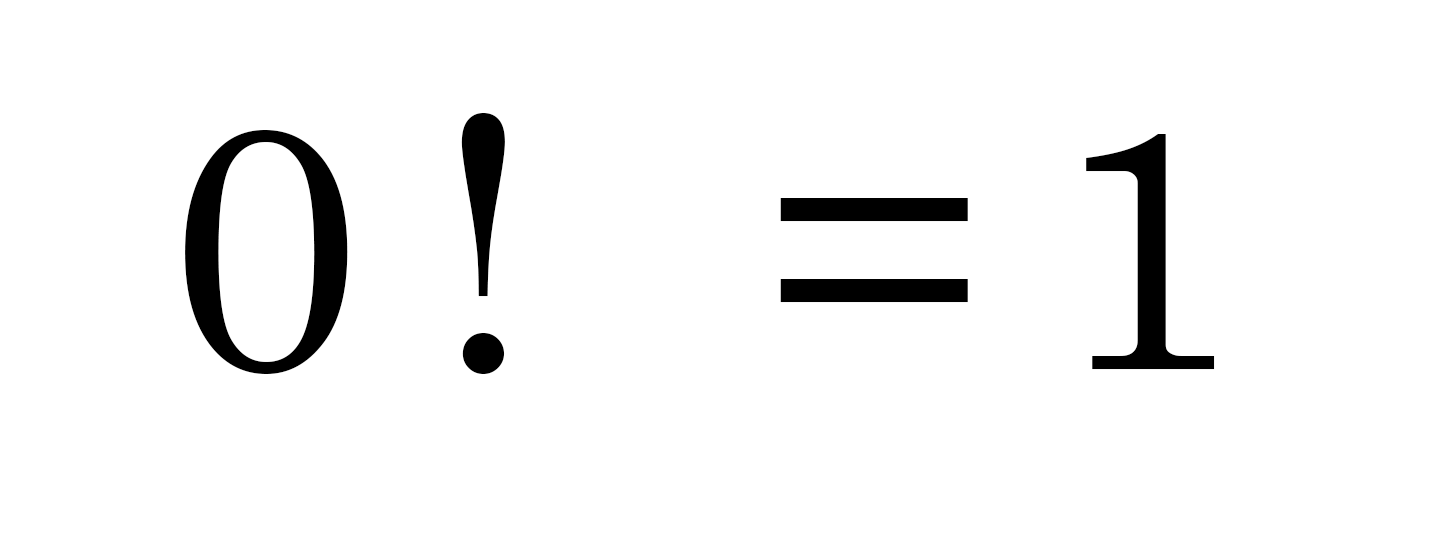plus a simple explanation of why 0! = 1
If you?re studying advanced statistics or combinatorics, you will surely run across these, dare I say, exciting (!) factorials (yes, I?m a math nerd, and I?ll take any opportunity I get to make a pun however weak ?).
But seriously, this mathematical notation can be confusing for beginners especially as we move from standard numeric problems to more difficult variable expressions. Don?t you worry though, this quick factorial tutorial (cheesy, I know ?) will get you cruising in no time.
Click Here to Subscribe to Math Hacks on YouTube
What is a Factorial?!
A factorial, denoted by an exclamation point (!), is an operation applied to a non-negative integer (i.e.the numbers 0, 1, 2, 3, etc.) that is executed by taking the product of all the positive integers less than or equal to the number stopping at 1.
So for example, if I want to know what 4! equals, I simply multiply all the positive integers together that are less than or equal to 4, like so:
 4! = 24
4! = 24
You find factorials all over combinatorics because that?s where they originated. The factorial was created as a way to express the number of arrangements of a group of items, which of course we find by using, in its most basic form, the multiplication rule of counting.
The factorial is sort of the unofficial operation of the multiplication rule of counting.
Why Zero Factorial Equals 1
This is where it gets tricky because if we only think of factorials in the context of which they?re usually defined, i.e. the ?product of all the positive integers less than or equal to the number? then figuring out 0! is like hitting a brick wall.
Most people will tell you that 0! is defined as 1, and if you ask why they just say ?because it?s defined as one?.
Yeah, it?s pretty frustrating. It?s the mathematical equivalent to asking your parents why you have to follow some arbitrary rule they made up and being told, ?because I said so.?
Although that might be an accepted parenting technique, it?s a lousy way to learn mathematics. So what?s the deal? How did we decide that zero factorial equals one?
 Zero factorial defined
Zero factorial defined
An Intuitive Understanding
Remember how we said that the factorial originated from the mathematical operation of finding the number of permutations or arrangements of a set? (Note: not the permutations of a smaller set from a larger set, but just the arrangements of a given set.)
Zero factorial can be thought of as the number of arrangements of zero elements in a set, aka the empty set {}. (If you?ve ever studied sets, perhaps in basic statistics or discrete mathematics, you?re probably familiar with the concept of empty set. It?s literally the set of nothing.)
Now if I asked you how many arrangements there are of one thing you?d answer 1 because there is only one way to arrange one thing. The same idea follows here. Our ?one thing? is the empty set, and the number of arrangements of the empty set is one. That?s it. That?s why 0! equals 1.
How to Simplify Factorial Expressions
Now that we have the basics behind us it?s time for the heart of our factorial tutorial: simplifying.
The best way to see mathematics is in action. So here I am to walk you through the six problems shown in the image at the top of this post! We?ll start nice and easy, then move into the combinations formula with numbers then variables, and end with some trickier factorial expressions.
Click Here to Subscribe to Math Hacks on YouTube
? STAY CONNECTED ?
Don?t miss a beat, or a math problem!
Instagram | Facebook | Twitter | YouTube


